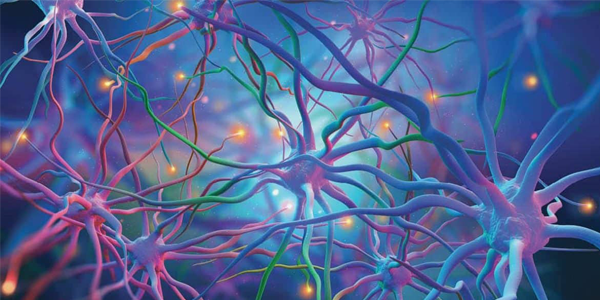Impulse Control Disorder Treatment
An Impulse Control Disorder is a condition in which a person has trouble controlling emotions or behaviors. Often, the behaviors violate the rights of others or conflict with societal norms and the law.
Males may be slightly more prone to impulse control disorders than females, and these disorders may commonly co occur with other mental health disorders or with substance abuse.
Impulse Control disorders may be overlooked or misdiagnosed, meaning that many individuals suffering from these disorders may not get the help they need. A better understanding of the disorder can help close the treatment gap and get individuals proper care to improve symptoms. Treatment for impulse control disorder often involves behavioral therapies, and medications may also be beneficial.

Impulse Control disorders usually appear in childhood or adolescence.1 Some of the common types of Impulse Control Disorders are highlighted below.
Intermittent Explosive Disorder: This disorder, also known as IED, is characterized by persistent impulsive and angry outbursts. The person may be violent or aggressive toward people, animals, or property. These tirades may only last about a half hour and are usually triggered by a minor issue with someone the person knows. The outbursts may result in legal or financial issues, disrupt a person’s interpersonal relationships, cause significant distress, and potentially result in problems at work or school. According to Harvard Health, around 5% to 7% of Americans will suffer from IED at some point in their lifetime.
Oppositional Defiant Disorder: A person with Oppositional Defiant Disorder (ODD) frequently loses their temper, is easily annoyed, and often becomes angry or resentful. They challenge authority figures, flout rules, bother other people on purpose, and blame other people for their problems. As a result of these behaviors, the person suffers problems at work and school, and socially. Symptoms may appear as early as preschool. The prevalence rate is estimated to be around 3.3%.1,2
Conduct Disorder: Conduct Disorder consists of persistent behavior that violates social rules. The person may be aggressive toward people or animals, destroy other people’s property, lie or steal, or violate rules, such as run away or skip school at an early age. The behavior causes serious problems at school or socially. People are usually not diagnosed with this disorder over the age of 18. Adults with these symptoms are diagnosed with antisocial personality disorder. The prevalence rate is estimated to be about 4%.
Kleptomania:Impulsive and unnecessary stealing of things that are not needed characterizes kleptomania. Individuals may steal things and give them to other people or even throw them away. The disorder is not about the things stolen, but instead about the compulsion to steal and lack of self-control over this compulsion. Individuals may feel a sense of relief or gratification after committing the theft. Legal, family, career, and personal troubles are common for individuals with kleptomania. Between 4% to 24% percent of people who shoplift may suffer from kleptomania, and prevalence in the general population is about 0.3% to 0.6%.
Pyromania:An individual who repeatedly and deliberately sets fires may suffer from pyromania. An attraction or obsession with fire and fire-setting paraphernalia, along with a compulsive need to set fires, and relief and pleasure after doing so characterize this disorder. Individuals do not set fires for any other reason other than their compulsion to do so to dispel their mounting tension. Pyromania is considered relatively rare, and the lifetime prevalence of people in the United States who intentionally set fires is reported to be around 3.3%.
